Digest Of Supreme Court On Indian Evidence ACT , 1872
Original price was: ₹1,980.₹1,584Current price is: ₹1,584.
Digest Of Supreme Court On Indian Evidence ACT , 1872
Description
Here is a brief digest of Supreme Court decisions on the Indian Evidence Act, 1872 (updated up to 2024), highlighting important sections and landmark rulings:
—
📘 Digest of Supreme Court on Indian Evidence Act, 1872 (1995–2024)
🔹 Section-wise Key Judgments
—
Section 3 – Interpretation: “Proved”, “Disproved”, “Not proved”
Krishna Janardhan Bhat v. Dattaraya G. Hegde (2008): Explained standards for presumption under Section 139 (NI Act) vis-à-vis Section 3 of Evidence Act.
—
Section 24 to 27 – Confession
State of U.P. v. Deoman Upadhyaya (1960): Clarified admissibility of confessions made in police custody.
Navjot Sandhu alias Afzal Guru v. State (2005): Electronic evidence of telephonic conversations upheld under confessional rules.
Tofan Singh v. State of Tamil Nadu (2020): Held that statements made to NCB/police officers under NDPS Act are not admissible as confessions.
—
Section 32 – Dying Declaration
Laxman v. State of Maharashtra (2002): Medical certification of fitness not mandatory if the dying declaration is reliable.
Puran Chand v. State of Haryana (2010): Multiple dying declarations – consistency is crucial for reliability.
—
Section 45 – Expert Opinion
State of H.P. v. Jai Lal (1999): Expert opinion is only advisory; courts are not bound to follow it blindly.
Mohd. Ajmal Amir Kasab v. State of Maharashtra (2012): DNA, forensic evidence admissible and crucial.
—
Section 65B – Electronic Records
Anvar P.V. v. P.K. Basheer (2014): Certificate under Section 65B(4) is mandatory for electronic evidence admissibility.
Arjun Panditrao Khotkar v. Kailash Kushanrao Gorantyal (2020): Reaffirmed Anvar ruling; clarified retrospective applicability.
—
Section 114 – Presumptions
Kali Ram v. State of H.P. (1973): Presumption of innocence; benefit of doubt must be given in criminal cases.
M. Nagaraj v. Union of India (2006): Presumption under law must meet constitutional scrutiny.
—
Section 118 – Who may testify
Rameshwar v. State of Rajasthan (1952): Child witness competent if understands the duty to speak the truth.
—
Section 134 – Number of witnesses
Vadivelu Thevar v. State of Madras (1957): Quality of evidence is more important than quantity.
Manoj v. State of Madhya Pradesh (2023): Conviction can be based on testimony of a single reliable witness.
—
Section 137–139 – Examination and Cross-examination
State of Rajasthan v. Ani (1997): Hostile witness testimony can still be considered if corroborated.
—
Section 155 – Impeaching credit of witness
Ramesh Harijan v. State of U.P. (2012): Prior inconsistent statements can be used to test witness credibility.
—
🔸 Other Notable Areas
Presumptions under special statutes (e.g., NI Act, POCSO, NDPS) are harmonized with the Evidence Act.
Constitutional interplay: Article 20(3) (right against self-incrimination) limits certain applications under Evidence Act (Tofan Singh case).
—
✅ Recent Trends (Post-2020)
Courts increasingly accept digital and electronic evidence provided proper certification is in place (65B compliance).
Greater scrutiny of police confessions, custodial statements, and forced admissions.
Reliance on scientific and forensic evidence has increased in criminal trials.
—
Let me know if you’d like this in PDF format, or if you want a topic-wise digest (e.g., confessions, dying declarations, circumstantial evidence).
Additional information
| Binding | Hardbound |
|---|---|
| Language | English |
| Publisher | Whitesmann Publishing |
| Edition | 1st Edition 2025 |
You must be logged in to post a review.

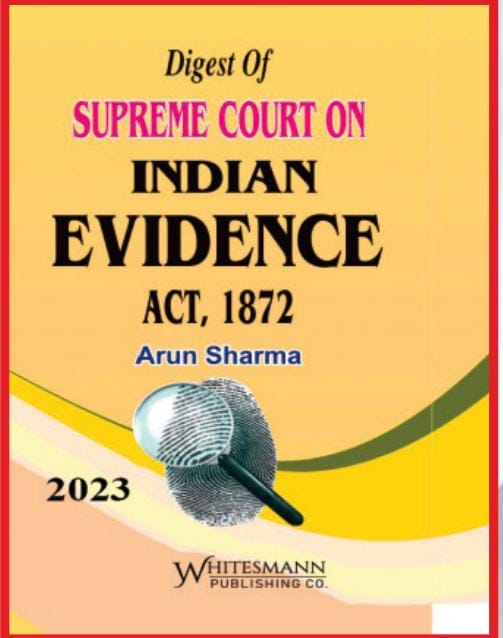
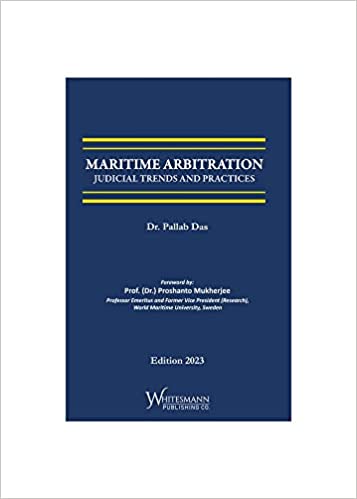
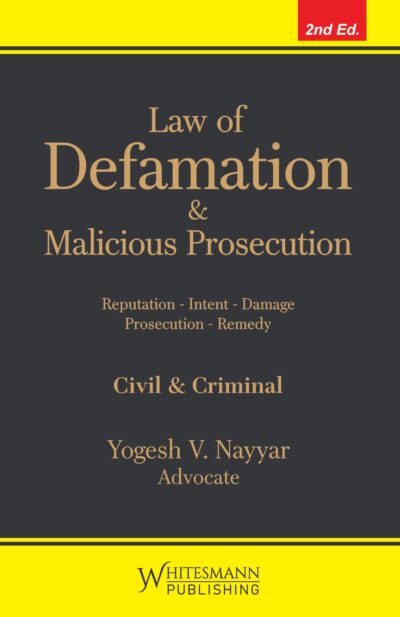
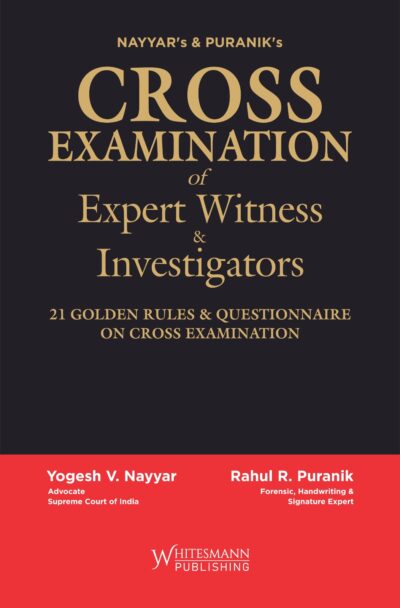




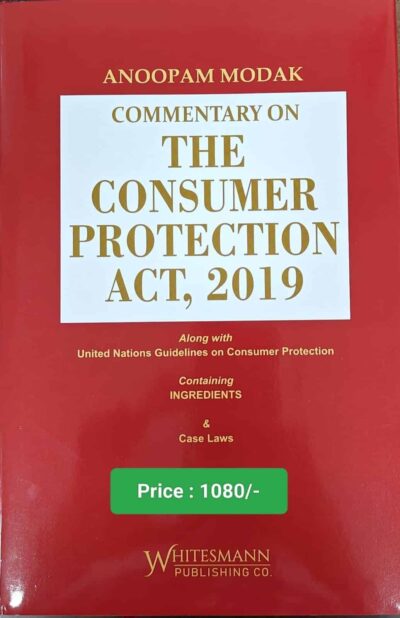
Reviews
There are no reviews yet.